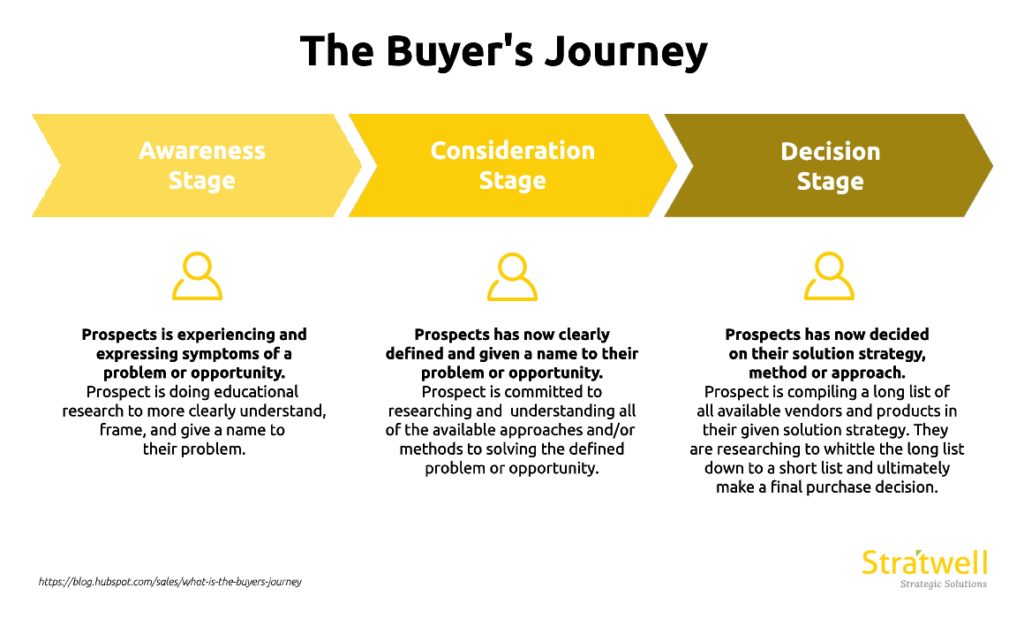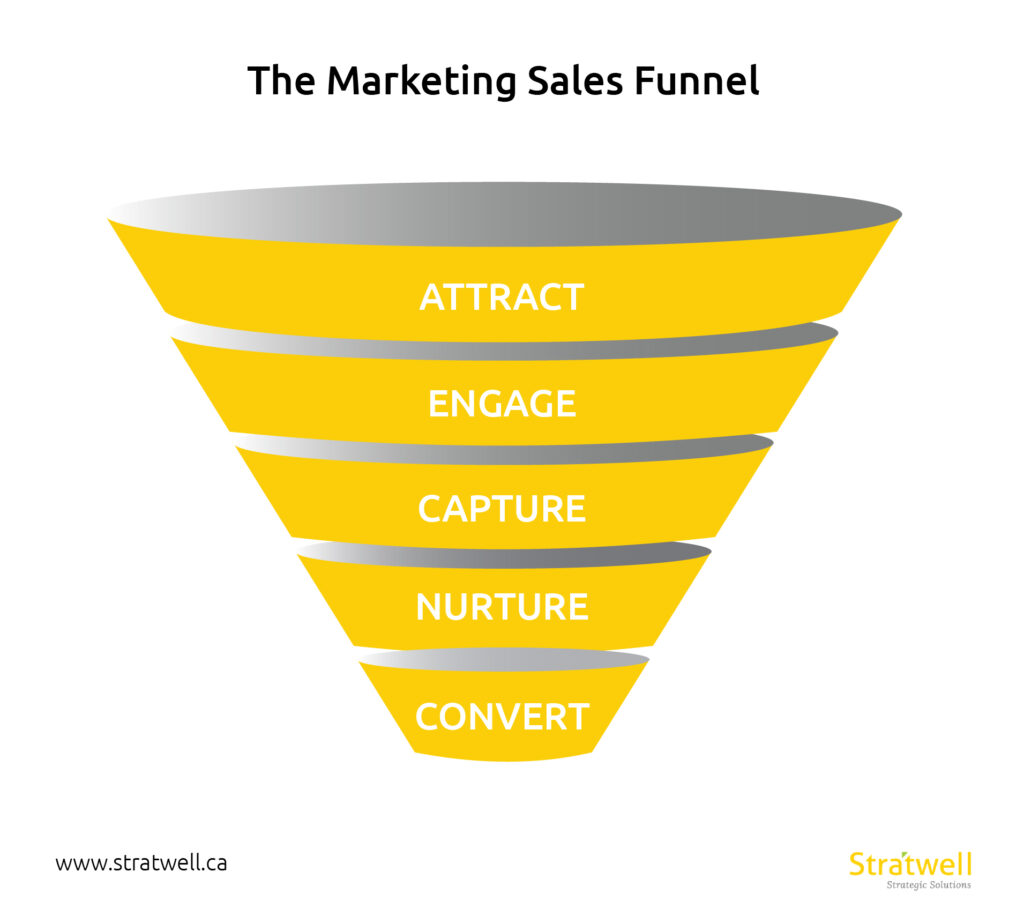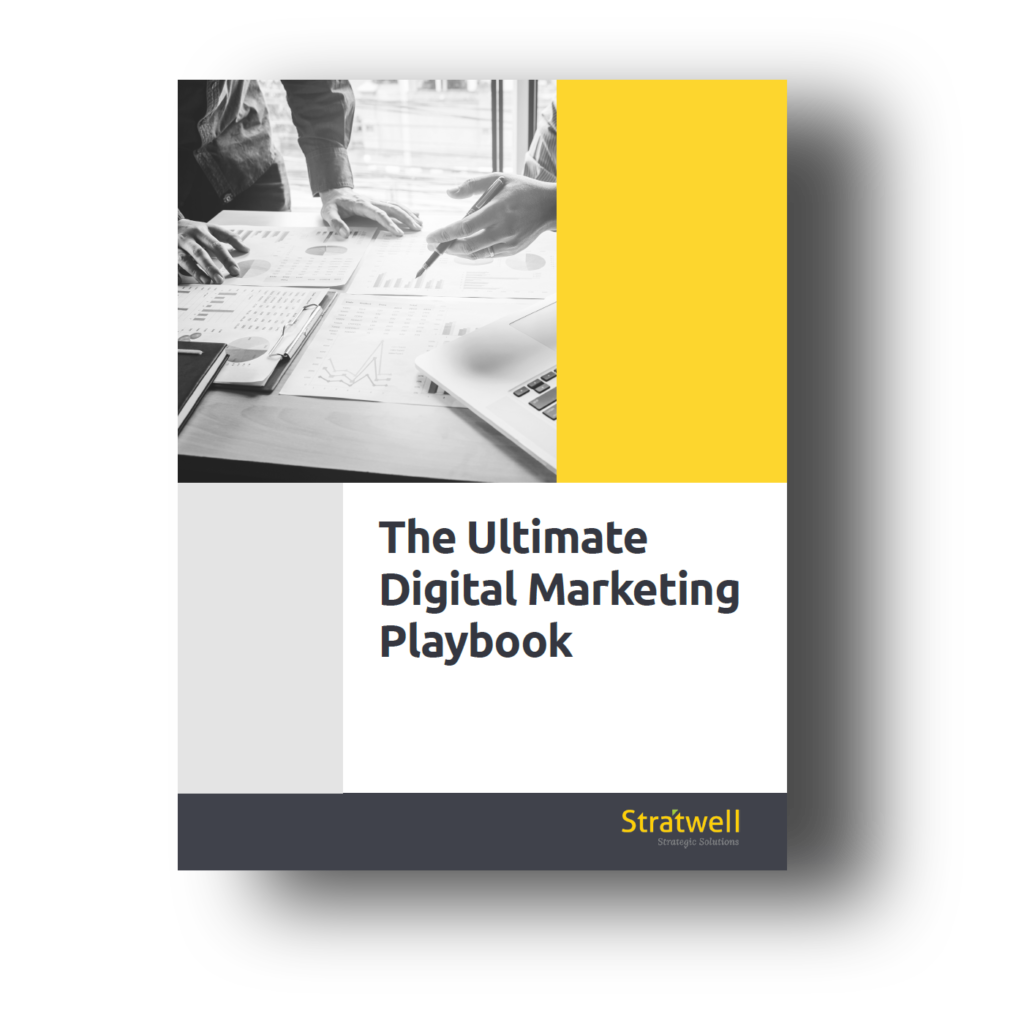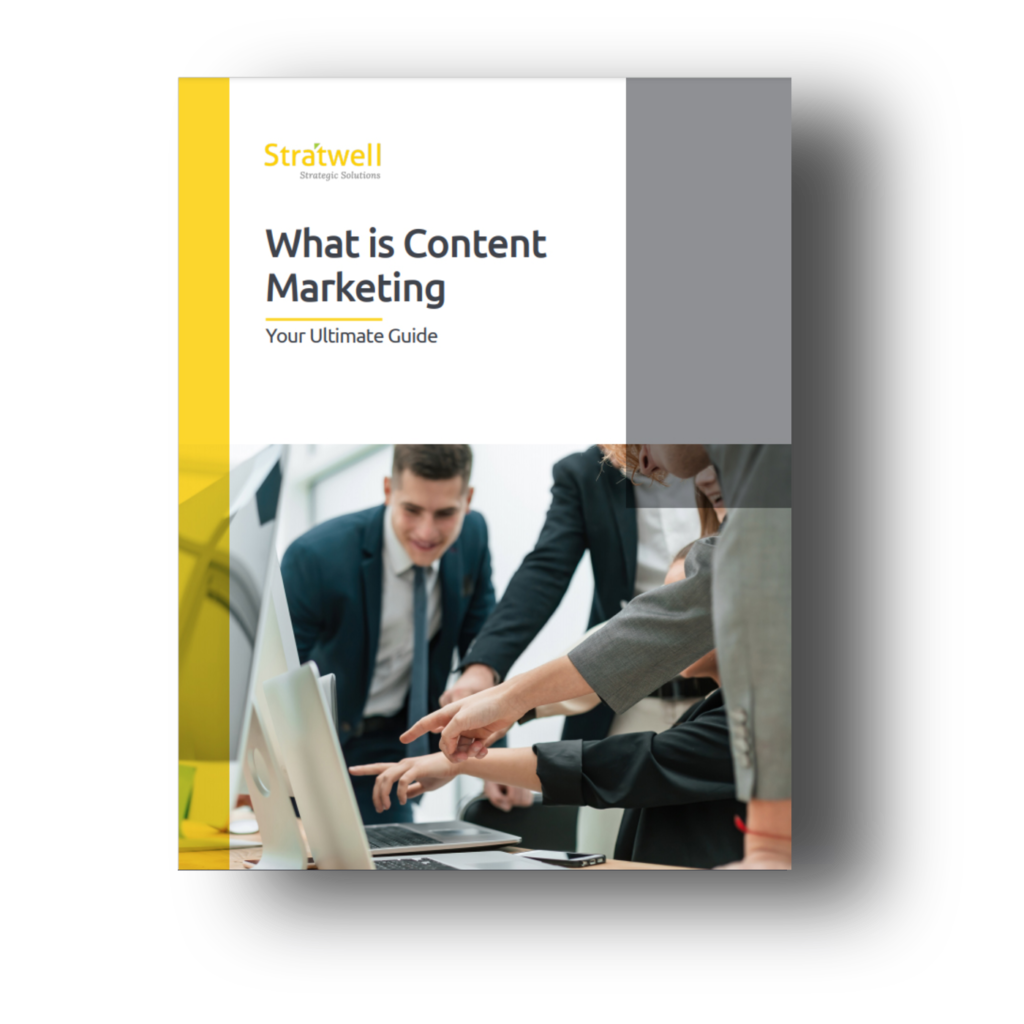To maximize the results of your marketing efforts, It’s important to personalize your content and align it with the needs and wants of the people who will be consuming it. As a digital marketer, this would mean having to tailor your message to both your current and prospective customers. But this is often easier said than done.
To ensure that you and your organization can effectively generate and nurture leads, you may run it through a process known as content mapping. Creating a content map will help you deliver the right content according to the buyer persona and the exact stage of the buyers journey they may be in.
What is a Content Map?
Businesses are competing in the attention economy and therefore, they have to stay one step ahead of their competitors if they are to capture their prospects’ attention and interest. They have to generate content that is unique from what is already available to the public, which they can do through social listening and a thorough research on their respective industries and targeted customers.
There’s a significant amount of information involved when developing your content marketing strategy (we have summarized our own process at Stratwell in this blog post). Therefore, having a content map can help you ensure that your content gets to the right audiences at the right time.
A content map is basically a solid, logical plan that can help you achieve this balance. It maps out your prospect’s next few steps through the buyers journey and provides the kind of content they would need for each of those steps.
Why is Content Mapping Important?
Content mapping is a cross section between your buyers’ personas and their journey. It’s one of the most effective ways to establish any content gaps and opportunities you might be having, and to help you hit that crucial bull’s eye with your content delivery.
Here are two main reasons why content mapping is crucial:
- You get to meet your customer
- Better conversion rates
1. You get to meet your customer
As you define and plan for all the steps your potential customer will take, content mapping essentially lets you ‘meet’ your customer even before you actually do or before you conduct any business together.
2. Better conversion rates
Digital marketing isn’t just about constantly updating your website or frequently delivering content. At the end of the day, marketers have to gain, nurture, and eventually convert their leads.
No business can survive without sales. No matter how frequently you put out content on your website, you must convert your leads into actual sales if you are to stay in business. Content mapping is a great way to ensure you get and nurture your leads so that you can eventually convert them into paying customers.
To learn more on how to nurture your leads at each stage of their buyer’s journey, check out our blog post here.
How to Create a Strategic Content Map
Content marketing is practically a derivative of the popular “mind-mapping” phenomenon that involves a diagram where you visually organize information around a concept, often represented as a small circle in the middle of the map.
Creating a content map often takes the following 5 steps:
- Create your buyer personas
- Create your buyer’s journey map
- Content analysis
- Design a catalogue of your content
- Audit your content map
Step 1: Create your buyer personas
Buyer personas are general and idealized representations of what your customers look like. However, they also represent the first step away from all the one-size-fits-all marketing strategies that often don’t yield desired results.
You have to understand your customers, who they are, and the process they go through before making their purchase decisions. Buyer personas are the first crucial parts of an effective content map.
You can create your buyer personas from information you collect from your existing clients, market research, and even your competitors. For more information on how to create a buyer persona, please check out our blog post here.

Step 2: Create your buyer’s journey map
As soon as you have established what your ideal customer or audience looks like, the next step is to map out their journey through your sales funnel. You have to create and document a journey map of how they will go through each of the five stages of a sales funnel; attract, engage, capture, nurture, and convert.
Which actions are they likely to take at each of the stages? At which stage are they going to spend more time? What kind of information do they need at each stage of the journey? You have to provide the answers to potential queries for each stage even before they ask.
To read more on how to map out your buyer’s journey, please check our blog post here.
Step 3: Content analysis
The next step is analyzing your content and establishing exactly at what stage of the buyers journey it would best serve your audience. Remember, the idea is to push your leads into the subsequent stages of the funnel and eventually close a sale.
It’s unlikely that your prospects will return to your website if you don’t have the kind of content that interests them. Therefore, you have to analyse all your content based on your buyer personas and each stage of the buyer’s journey, then brainstorm on the kind of content, formats, and topics you’ll need to deliver.
Step 4: Design a catalogue of your content
 After a thorough analysis of your content, map all the specific content to the relevant stages of your buyer’s journey. The end result should be a filled layout of the content map.
After a thorough analysis of your content, map all the specific content to the relevant stages of your buyer’s journey. The end result should be a filled layout of the content map.
Remember, while each stage may be unique or work independently, all of them are still interconnected. Each individual piece of your content should contain a call-to-action to encourage your prospects to move into the next stage of the funnel. For instance, you can include a link to more information such as a related blog post, a case study, a customer testimonial, or a demo video.
Step 5: Audit your content map
Finally, after successfully mapping your content to your buyer’s journey, always conduct a regular audit to identify any content gaps and establish the ROI of your content marketing efforts in general.
Conclusion
At the end of the day, digital marketers don’t just create content for the sake of creating content or just to have an active website or social media profile. You’ll want to be sure you’re always delivering the right kind of information that meets your prospects at their stage of the buyer’s journey. A content map is one of the most efficient methods to ensure you engage your prospects in a way that helps them to move along the sales funnel and eventually convert.
Is this information useful? What are your experience with content mapping? Comment below and let us know!
Enjoy this article? Subscribe to get similar articles delivered to your inbox and don’t forget to share it with your friends.
Other related blog posts:
Alan Lo, Managing Partner of Stratwell Strategic Solutions, brings a decade of entrepreneurial and business development experience. Early in his career he was instrumental in building out the distribution channels of a real estate investment firm with over $2 billion in AUM. He has then founded an investment company in 2014 which he successfully exited in 2019.












